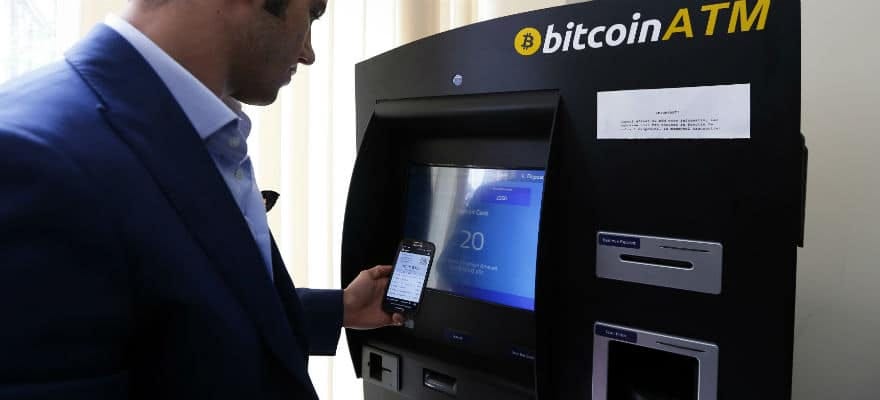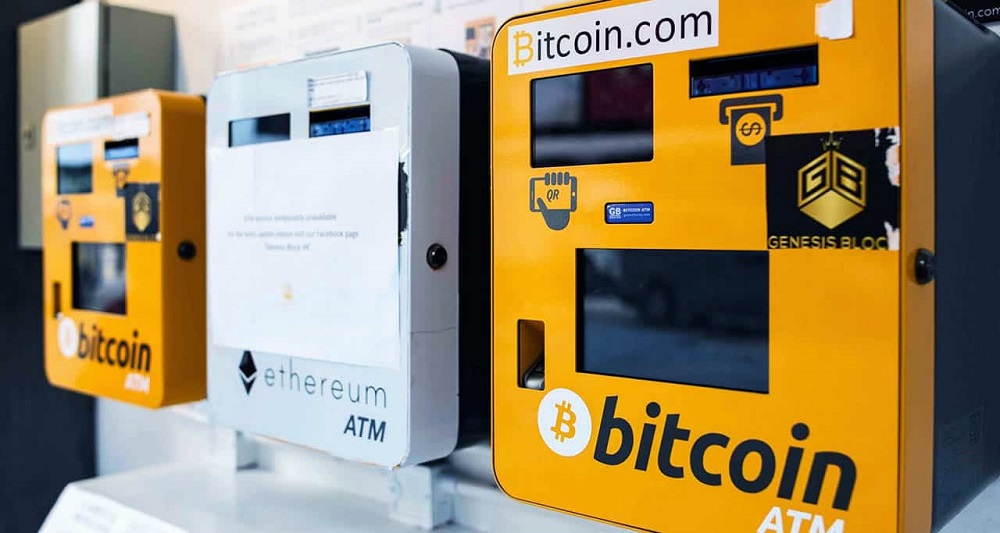Cryptocurrencies are becoming more and more in demand thanks to their electronic format, and the ability of practically anyone who has a crypto wallet to send them to another wallet anywhere in the world. These digital currencies like Bitcoin, LiteCoin, Komodo, Ethereum and others are not issued by central banks or governments, but instead they’re mined by high powered units owned by groups known as crypto miners, and they operate on a blockchain network that facilities transactions. The transactions are verified by what’s known as hash algorithms using public and private keys, and once those transactions are complete they cannot be reversed since they’re recorded on a ledger on every device in the blockchain network. The main question people have is how to get these cryptocurrencies.
Most times when cryptocurrencies are purchased, it will be through an online exchange website where you usually can buy them using an ACH withdrawal from your bank account, or even with a credit or debit card, or an electric payment system like PayPal. But cryptocurrency ATMs have now started hitting the market where you can exchange your dollars for the cryptocurrency you want using pure cash, giving you a local bitcoin option. Usually all you need is your crypto wallet with either its public address and private keys, or it’ll have a QR code you will scan at the ATM, and then you use that once you’ve inserted your cash for the amount of cryptocurrency you want. Most people use these wallets on their smartphones or tablets, but in some cases they do use paper wallets, though those aren’t recommended.

CoinFlip has become a major crypto ATM company because they’ve started placing ATMs around the US where you can exchange cash for either Bitcoin, Litecoin, Ethereum, Dash, Tron, and Komodo. But if you want to sell your cryptocurrency for cash after it’s gained value, you can do that as well with CoinFlip. Daniel Polotsky is the founder of CoinFlip and he first became interested in cryptocurrencies when he was a student at Northwestern University. He was doing an internship at Morgan Stanley and was researching different investments, and cryptocurrency caught his attention due to certain advantages it had over traditional investments. Polotsky decided he would try buying it himself, but he wanted to do so with cash. He discovered an ATM in Chicago that allowed cash purchases of Bitcoin, but he found the process to be tricky and in need of quicker simpler methods.
Polotsky ended up buying Bitcoins off a local exchange site where he exchanged his cash in person with the seller, and the two of them decided that since there was a void in the market for good cryptocurrency ATMS that needed filling, they would begin their own ATM network. Polotsky’s original partner is no longer at CoinFlip, but after trial and error with the first ATM they rolled out, they partnered with a new supplier that made the ATMs easier to use and later included the selling feature.
Polotsky has said one of the challenges in growing his ATM network has been keeping on top of regulations regarding cash to cryptocurrency exchanges as some states and federal laws have been a little vague on that part. He’s also working to educate the public on ideas behind privacy with cryptocurrency and what is meant by that. He’s looking for new opportunities to grow CoinFlip from simply an ATM supplier to doing more with blockchain and bringing more finance opportunities for the un-banked population of the US.





